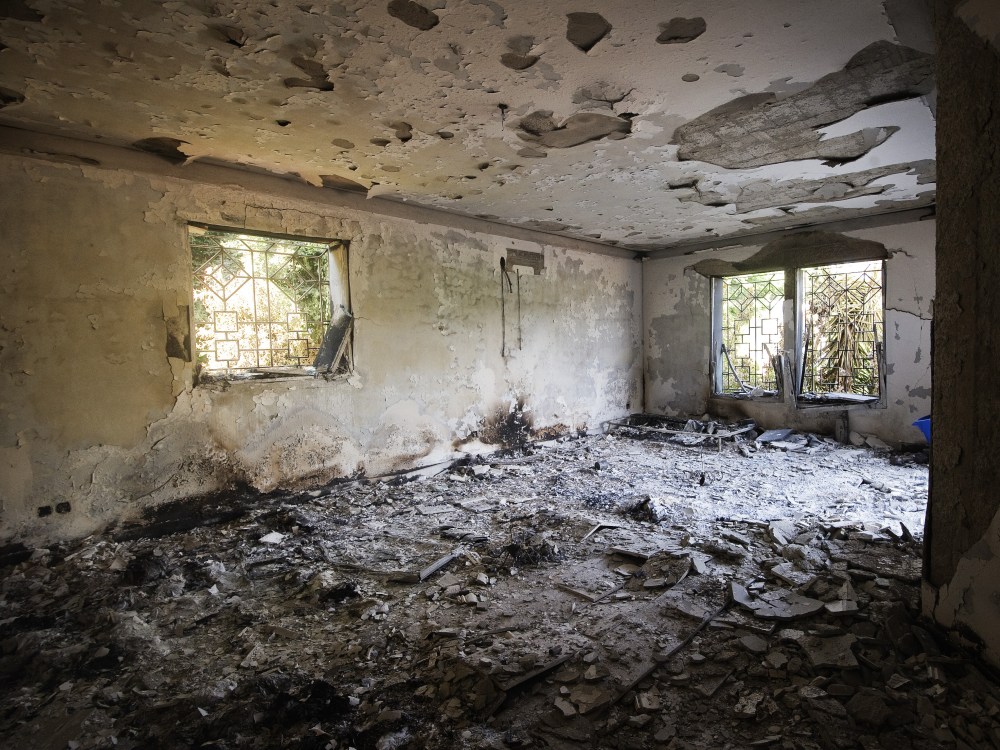The State Department’s failure to heed warnings and requests for more security by diplomatic staff left the U.S. mission in Benghazi, Libya, and its CIA annex vulnerable to the Sept. 11, 2012 attacks that ultimately took the lives of four Americans, according to an unclassified Senate Intelligence Committee report released Wednesday.
The report, which the committee approved by a voice vote, concluded that the attacks could have been prevented and makes several recommendations for improving security of U.S. diplomatic facilities in areas where U.S. personnel are likely to face threats. It also faults the State Department for not responding to repeated requests for increased security at the facility, and for ignoring incidents prior to the Sept. 11, 2012 attack that indicated Americans there were at risk. The report also states that Stevens himself rejected two offers from General Carter Ham, the head of the U.S. military’s Africa command, for military protection the month before the attacks. The report concludes that the attacks were “likely preventable” had warnings about the “deteriorating security situation” been heeded.
Yet the report also makes clear that many of the most frequent repeated and widely accepted criticisms of how the administration handled the aftermath of the attack are false. Here are a few of the key conclusions from the report:
There was no “stand down” order given to U.S. military assets. The report states, “The Committee has reviewed the allegations that U.S. personnel, including in the [intelligence community] or [Department of Defense] prevented the mounting of any relief effort during the attacks, but the committee has not found any of these allegations to be substantiated.”
On the right, the belief that someone in the Obama administration ordered military assets to “stand down” rather than rescue those under fire as part of a cover-up related to the attacks is an article of faith. In fact, then-Defense Secretary Leon Panetta ordered a special operations team based in Spain to respond, but it could not have arrived in time.
Various versions of the talking points do not suggest the White House edited them to cover up references to Al Qaeda or to manufacture evidence of a protest. The report includes different versions of the talking points prepared after the attack, with each version identifying what edits were made and who made the edits. References to Islamic extremist groups, including Al Qaeda and Ansar al-Sharia, were removed by the CIA’s office of public affairs and office of congressional affairs, then-CIA Deputy Director Michael Morell, as well as by the FBI. The erroneous belief that there had been a protest prior to the attack related to others around the world in response to an anti-Muslim video was, according to the report, not changed until Sept. 24, days after administration officials had already spoken in public using the intelligence community’s original assessment.












